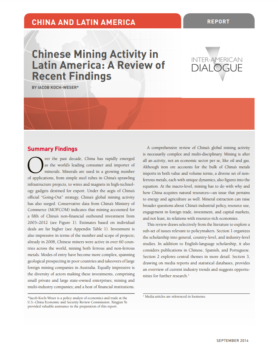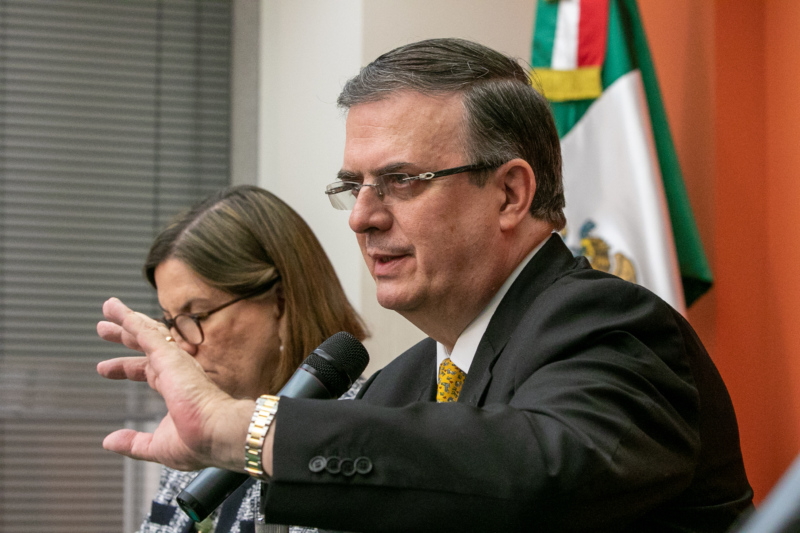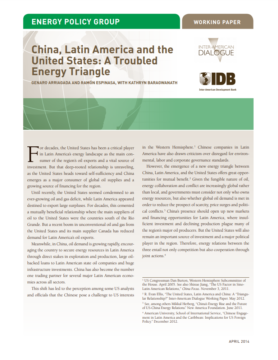
Chinese Mining Activity in Latin America
China has rapidly emerged as the world’s leading consumer and importer of minerals.
While the US leadership in Latin America is being called into question, Beijing is positioning itself to carry the mantle.
“Gracias China!!!,” Marcelo Ebrard, the foreign minister of Mexico, posted on Twitter on April 1, along with a photo of the plane that carried 100,000 masks, 50,000 test kits and five ventilators donated from China. Mexico may see as many as 700,000 cases of Covid-19, while the country has a mere 5,500 ventilators. Even though this will without a doubt have an impact on the United States, which shares a 2,000-mile border and robust trade with Mexico, it’s Beijing, not Washington, that is fast-tracking hundreds of ventilators to help the country meet its vulnerability.
In another era, Mr. Ebrard would have expressed gratitude to his neighbor to the north and highlighted the enduring partnership with the United States. But now China is stepping in to fill a void left by President Trump, who has alienated longtime partners and undermined the country’s standing in Latin America and the Caribbean.
This is not the first time that China has lent a helping hand to the region. Following the Great Recession of 2008, China, which financed a global stimulus representing seven percent of the country’s gross domestic product, buoyed Latin American economies by devouring commodities like oil, timber and metallic minerals.
China is now the second-largest trading partner in the region, and it has surpassed the United States to become the top trading partner of major economies, including Brazil, Chile, Peru and Uruguay. Since 2017, 19 nations in the region have signed on to the Chinese government’s Belt and Road Initiative, a multibillion-dollar network of investment and infrastructure projects. The influx of financing and development assistance has afforded access to critical financing for cash-strapped and heavily indebted governments, which have faced growing public demand for paved roads, modern public transport and improved services.
[…]
China has rapidly emerged as the world’s leading consumer and importer of minerals.
Brazil’s oil and gas and electricity sectors are an important destination for Chinese direct investment.
The US’ standing as the main consumer of Latin America’s oil exports is unraveling as China emerges as a major consumer of global oil supplies.
 Embajada de México en Estados Unidos / Flickr / CC BY 2.0
Embajada de México en Estados Unidos / Flickr / CC BY 2.0

